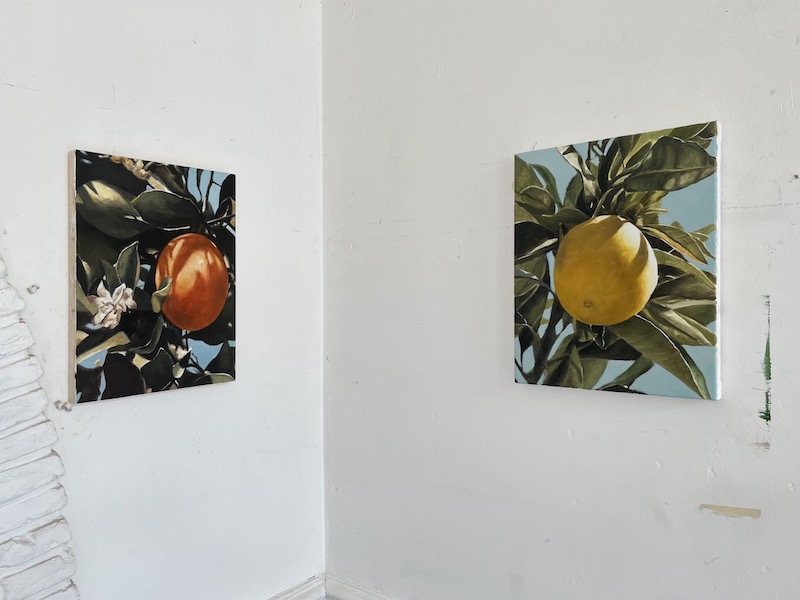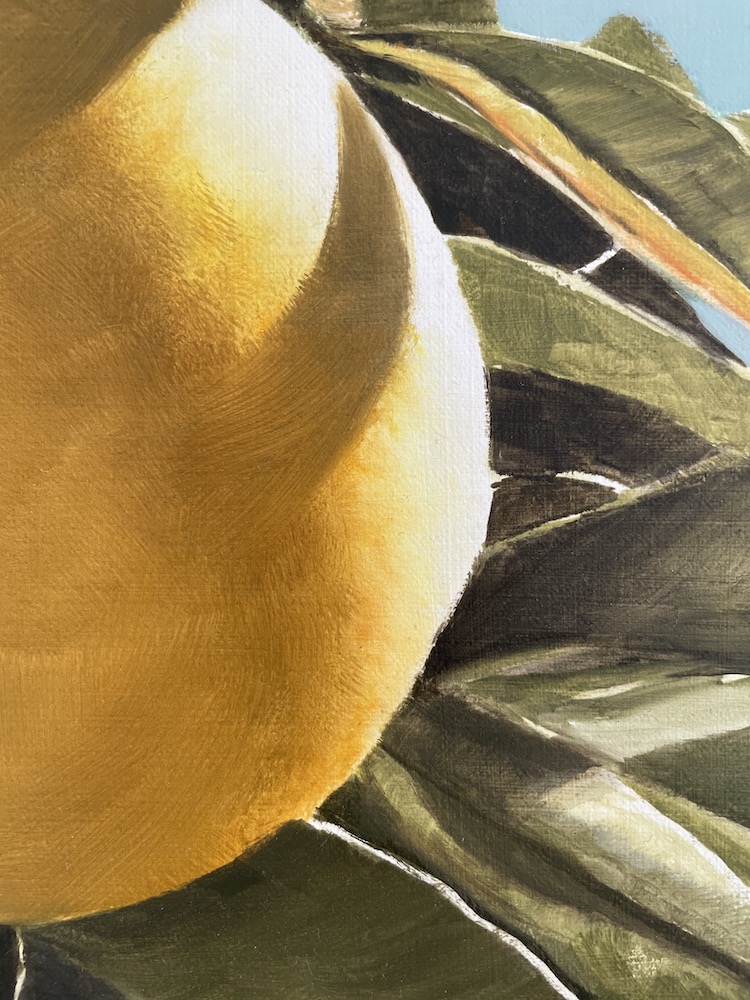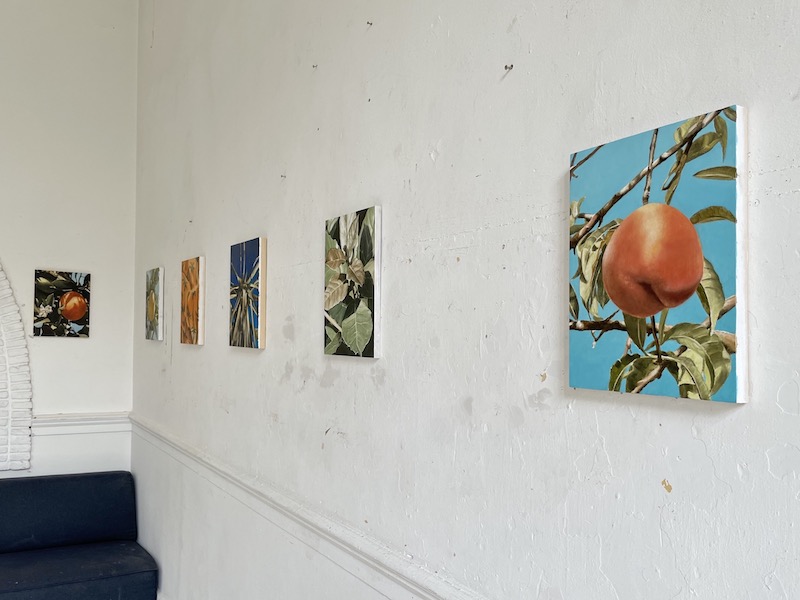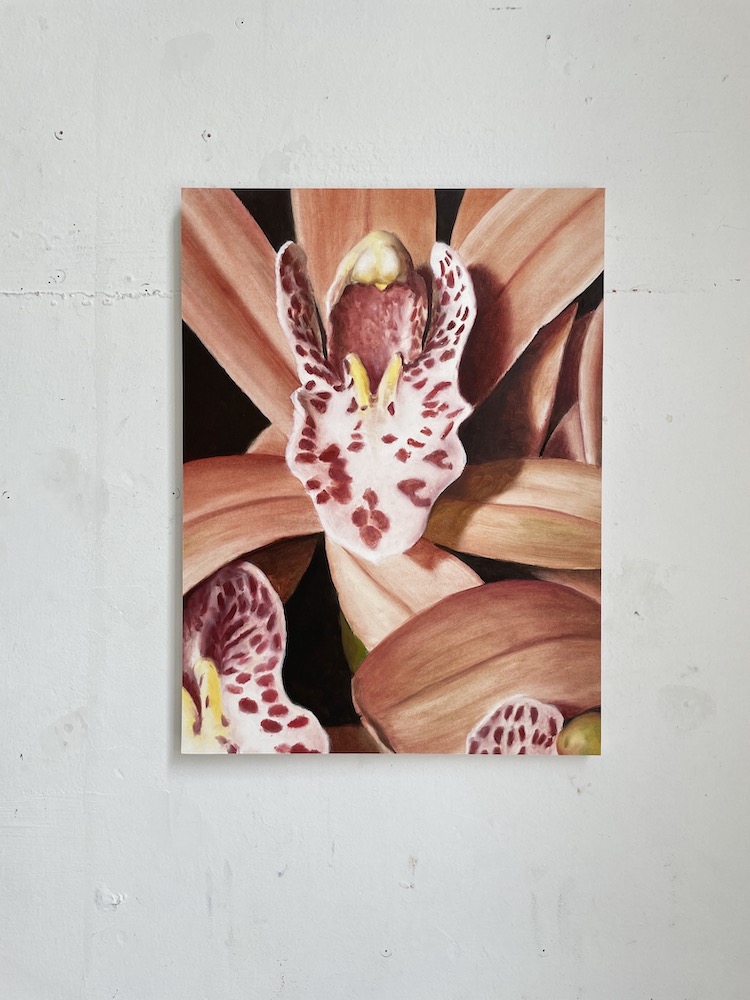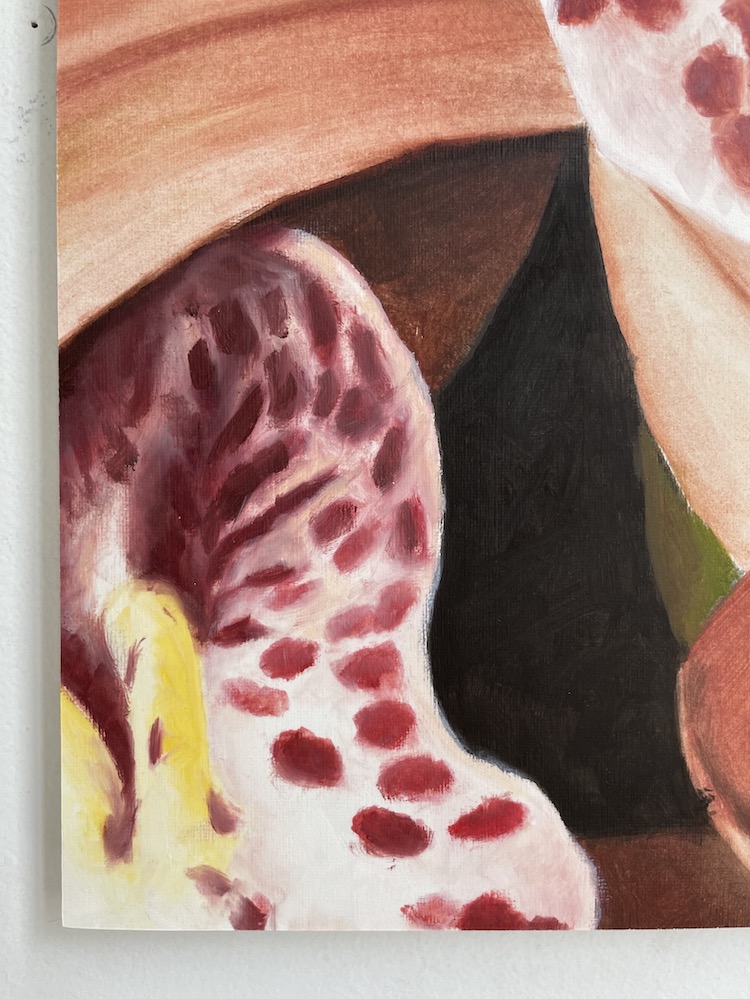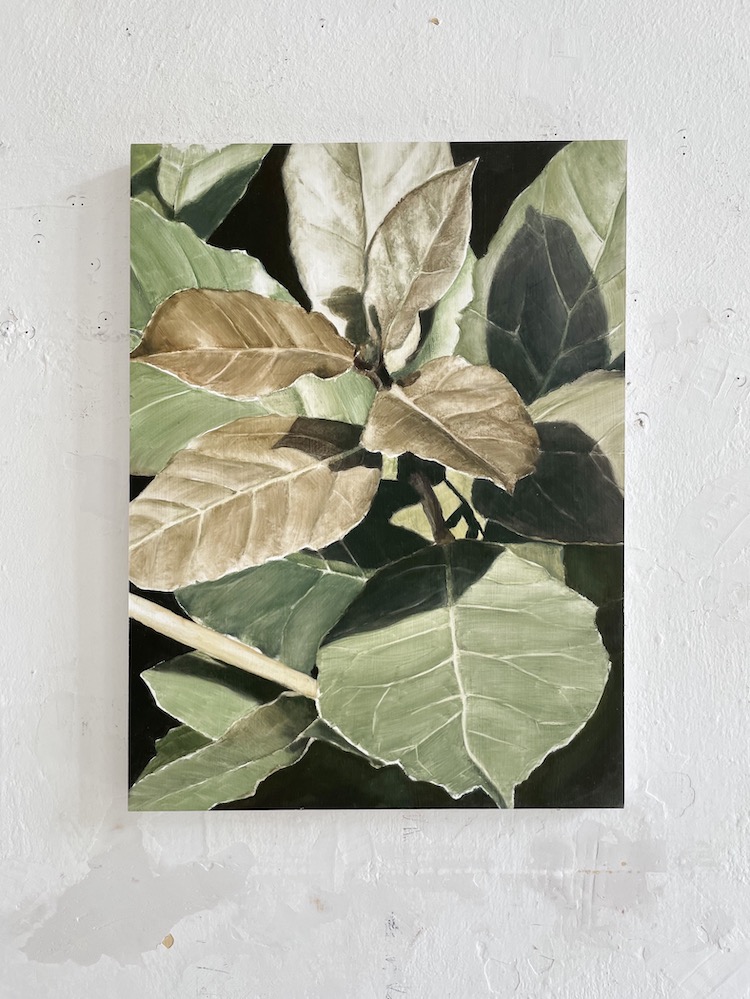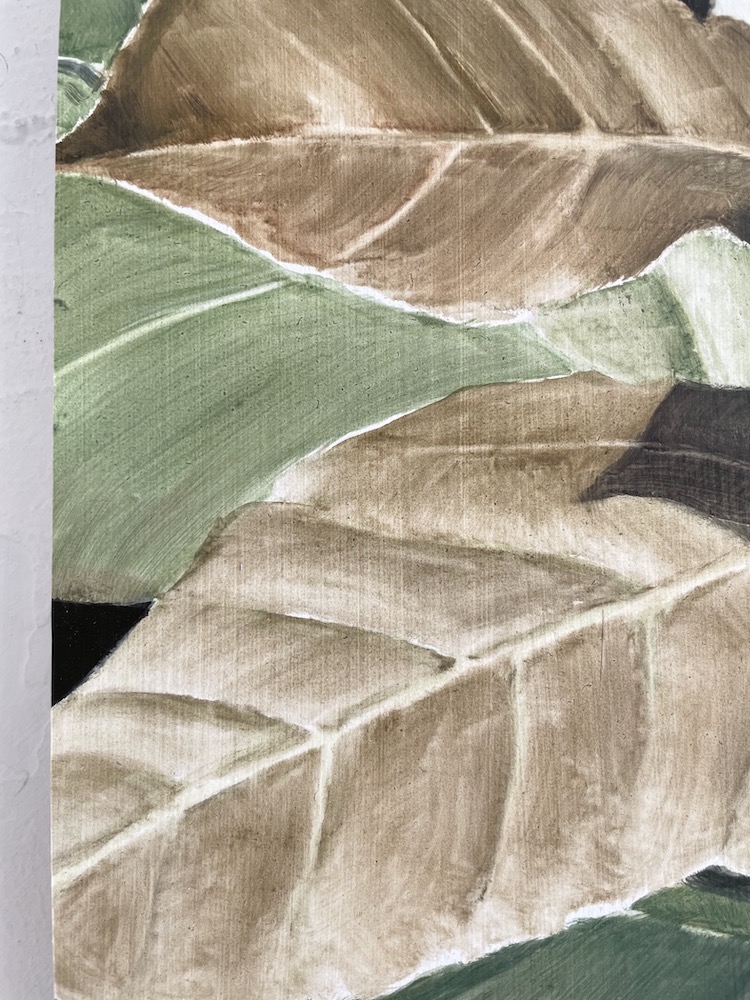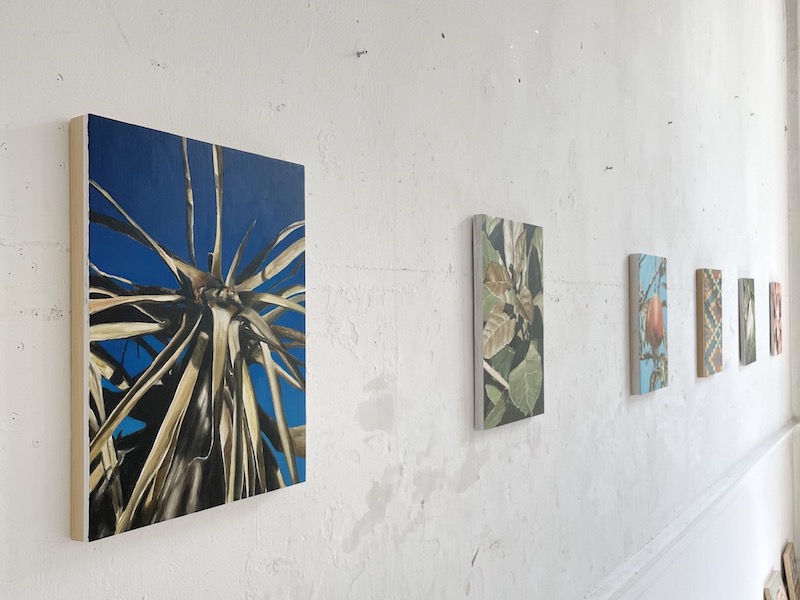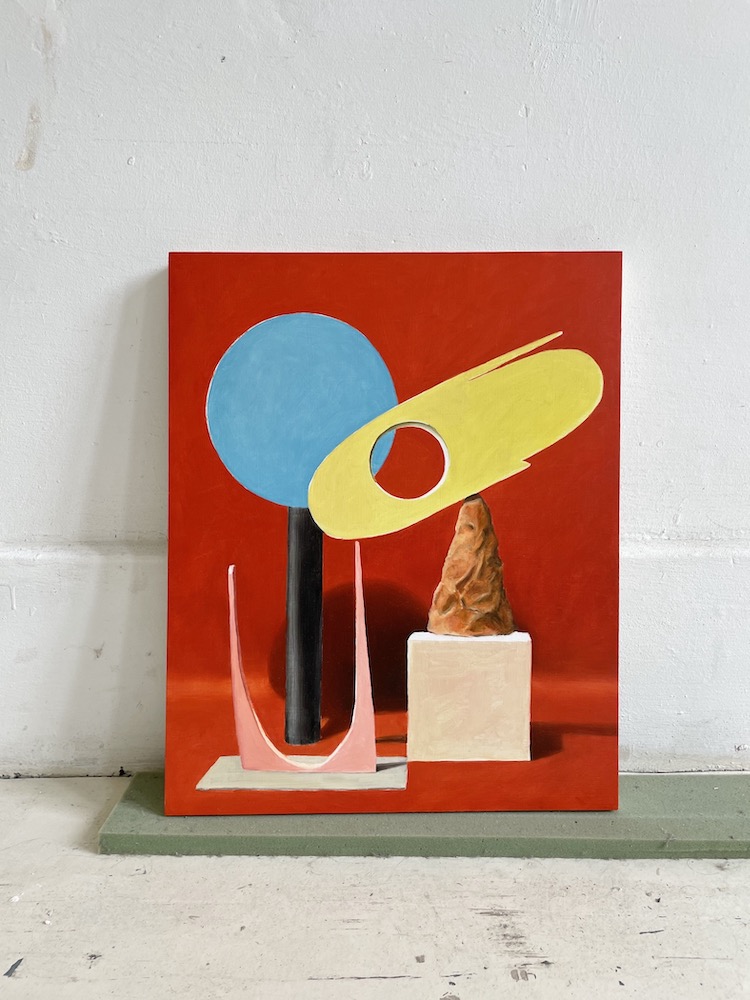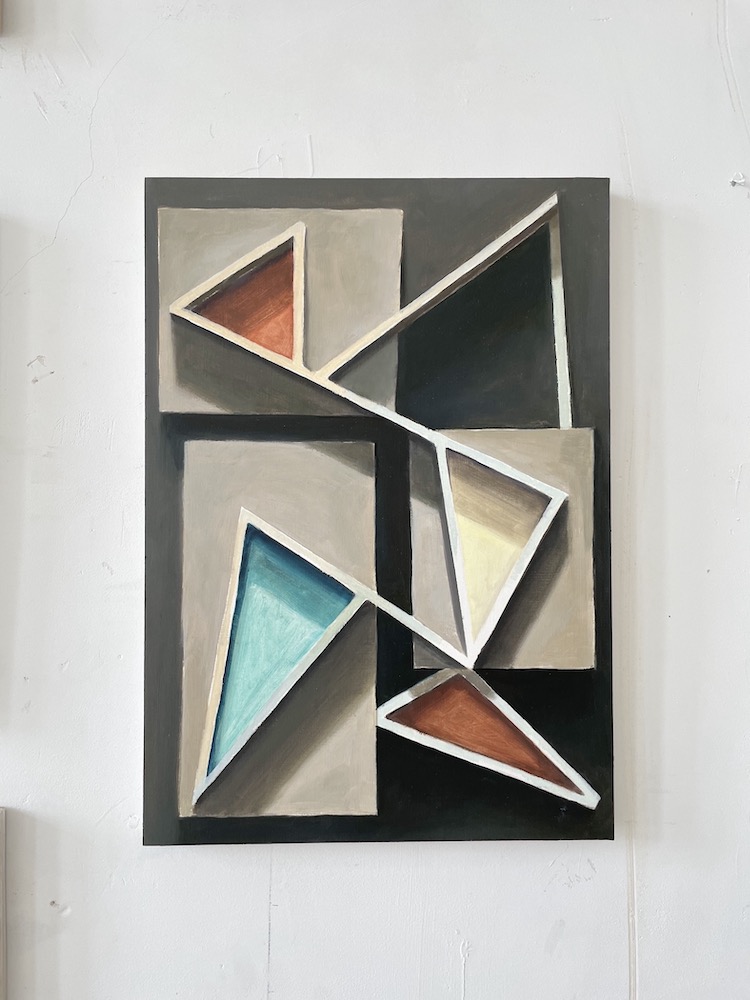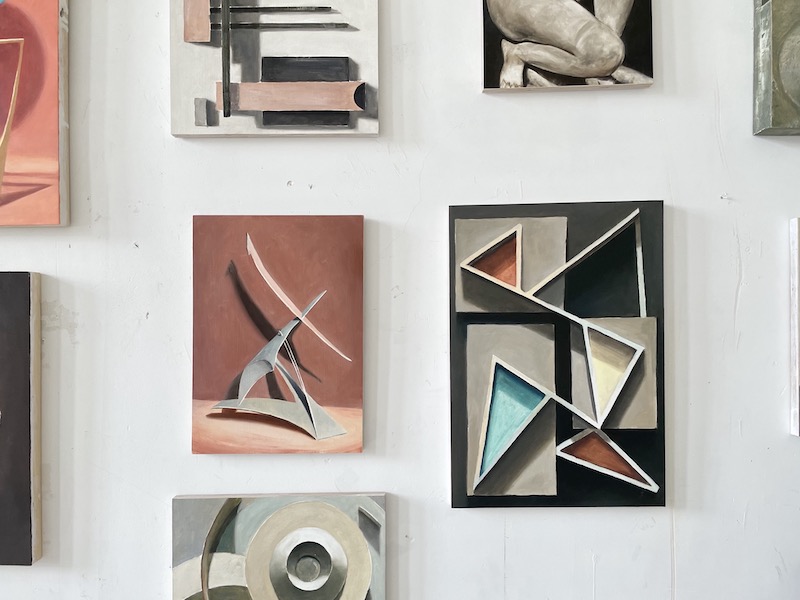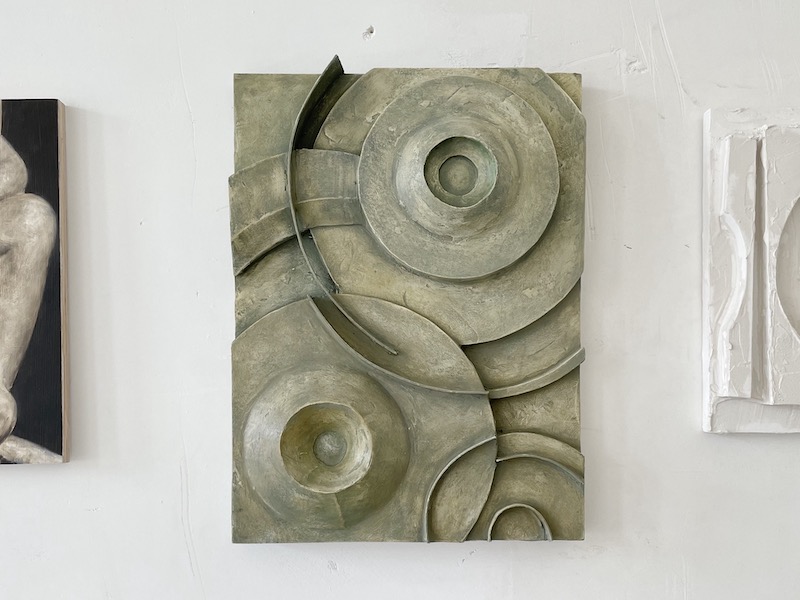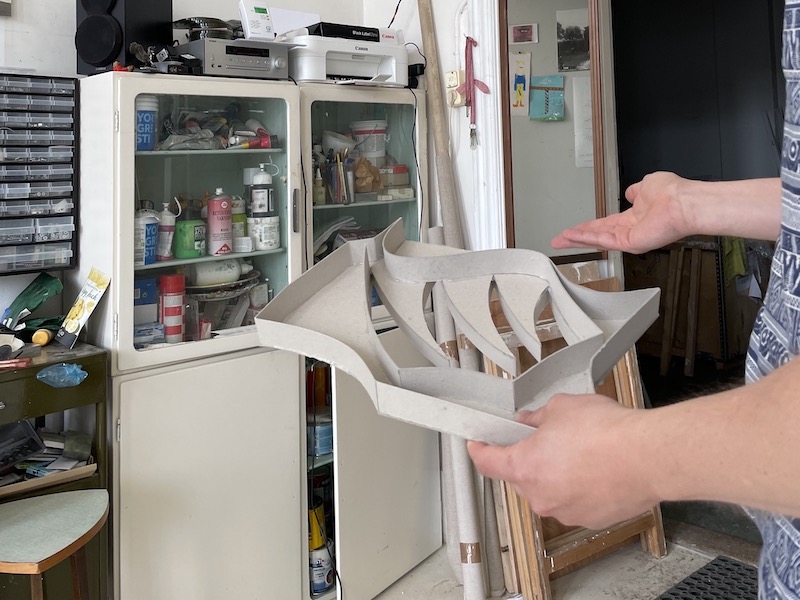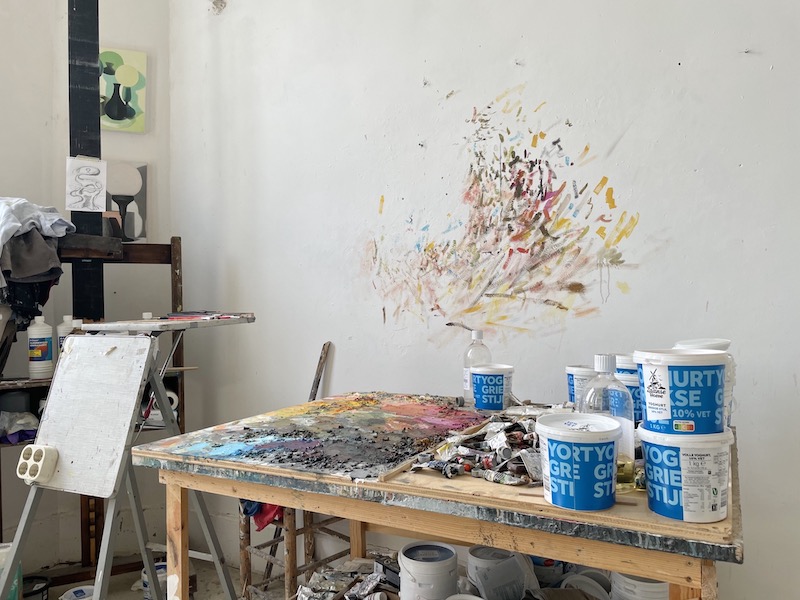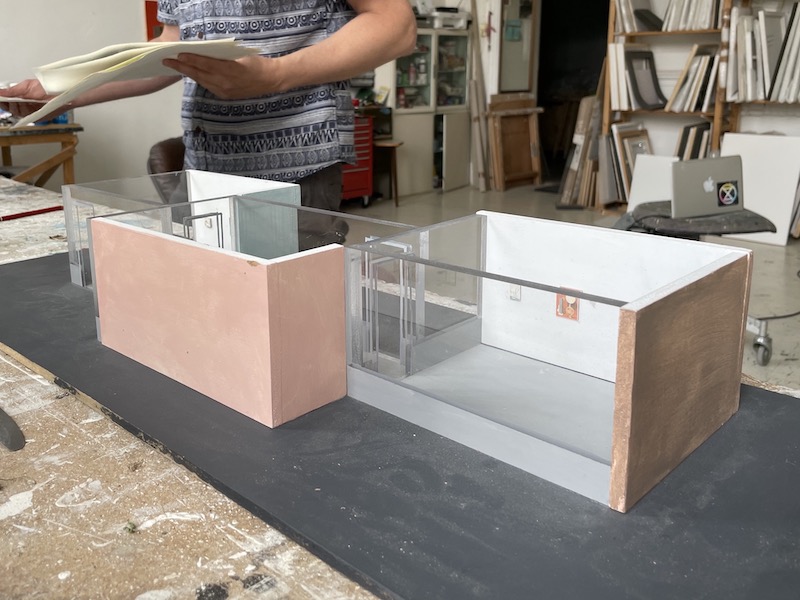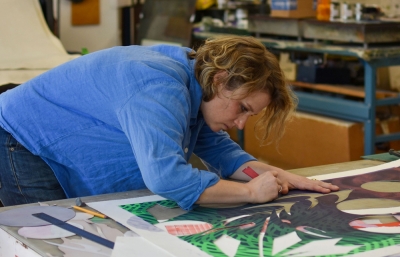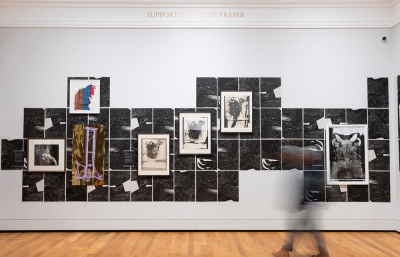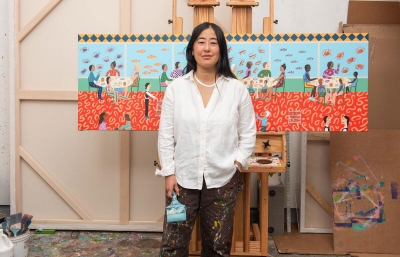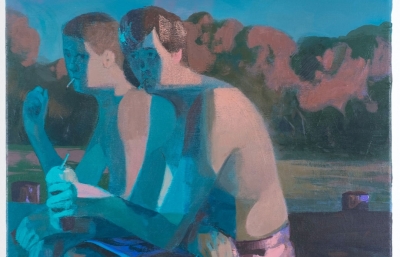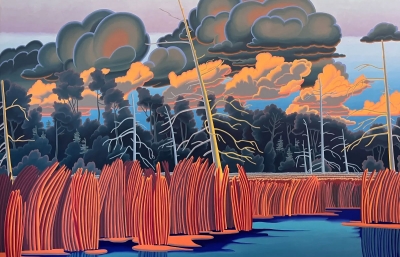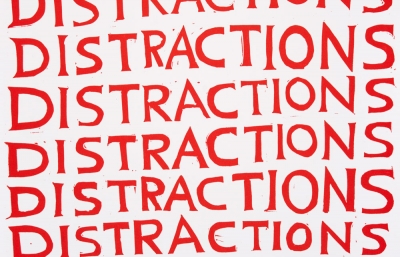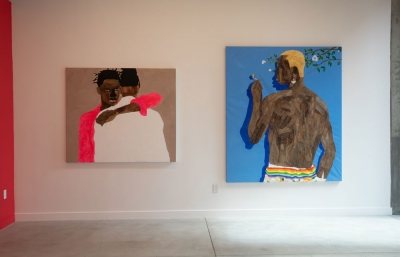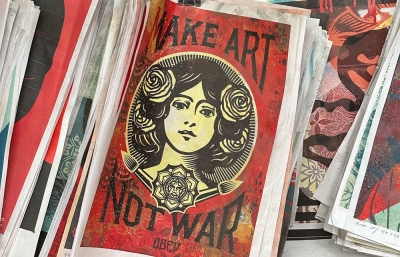Over the past few years of having a stronger focus on the European painterly scene, we kept coming across the masterful paintings by Jasper Hagenaar, and a few weeks ago we had the pleasure of visiting his studio in Utrecht, The Netherlands. During the visit, we got an exclusive early peek at two large bodies of work, one comprising his upcoming solo show with Althuis Hofland Gallery in Amsterdam, and another one awaiting his solo presentation at Centraal Museum in his hometown.
Evoking the ambience of vintage lifestyle magazine or art book photography there is so much ambience captured in Hagenaar's carefully framed imagery. Oftentimes portraying still life compositions built from other existing artworks, his paintings feel both contemporary and classic, all while appearing faded and aged and therefore precious. Such a peculiar facade is the result of the artist's insisting on working with watered out oils on paper (which is then mounted on panel), through which he recreates the immediacy and emotive relationship with watercolors. Still allowing his brush work and technical structure to be highly visible, he is utilizing the materiality of paint through an unconventional, more profound and delicate approach.
Botanical Interlude opening September 4th and Hagenaar's second solo show with Althuis Hofland Gallery aims to step outside the interiors in which his scenes were frequently placed in, as well as put focus on the floral imagery which he occasionally worked with. Hagenaar constructs snapshots which are clearly part of a larger whole, the artist is putting a strong accent on the importance of framing. "I'm looking for maximal effect with minimal resources," he mentioned, explaining how making use of the suggestive power of the medium itself allows him to transport the viewer with a couple of leaves or a single hanging fruit. Painted during the year of lockdown these works capture traces of our longing for the great outdoors, which in these particular works manifests itself as "bittersweet melancholy or nostalgia." With such a unique atmosphere, the show provides an interlude, a refuge from daily life and just as an exciting rhythm or melody does, it includes botanical pattern-based paintings as the breaks in otherwise continuing harmony. "When translating the two exhibitions to music, the gallery exhibition would be an instrumental piece (an interlude of sorts) and the museum exhibition a cantata," the artist described the two presentations in "musical" terms.
And indeed, Weerschijn (Reflection) comprises a completely different type of work and for this major presentation at the historic institution that is Centraal Museum the artist sourced inspiration from their collection. It is important to mention at this point that most of Hagenaar's opus is based on childhood memories and boyhood fantasies, as well as his particular appreciation and relationship with modernism, which for him became a synonym for contemporary art. With such a premise, seeing exemplary modernist works from the collection evoked the aforementioned feelings of nostalgia or melancholy, matching the signature atmosphere permeating his entire oeuvre. Pushed forward through the careful use of light and subdued color palette the visuals also successfully capture the "romantic, nostalgic veil that time put over the often formal imagery of modernism." Inspired by the works from the collection, the artist has created new objects from clay, wood and cardboard, and then used those as studies for paintings which ended up as still lifes, painted reliefs, and occasionally, actual reliefs. Further on, for this presentation he re-interpreted the space usually divided with glass walls by adding new walls and transforming the presentation into a diorama-like experience. With wall colors of each section complementing the works exhibited such display is meant to emphasize Hagenaar's exceptional technique which unfolds from appearing photography-like realistic from a distance towards revealing its painterly structure and qualities from up close. —Sasha Bogojev

